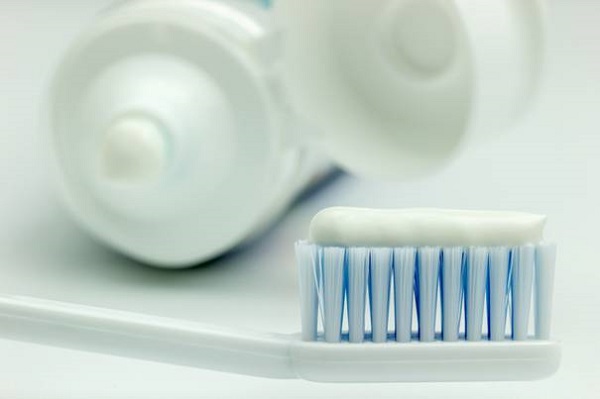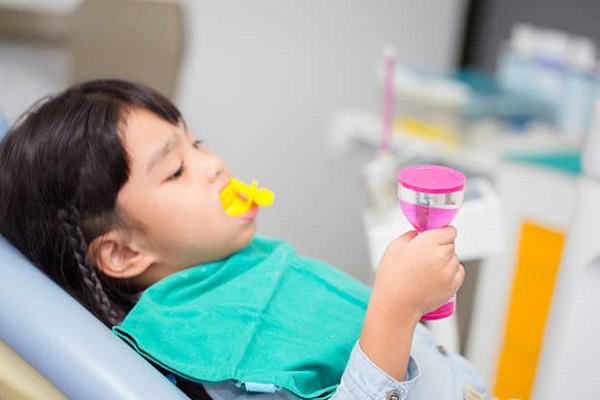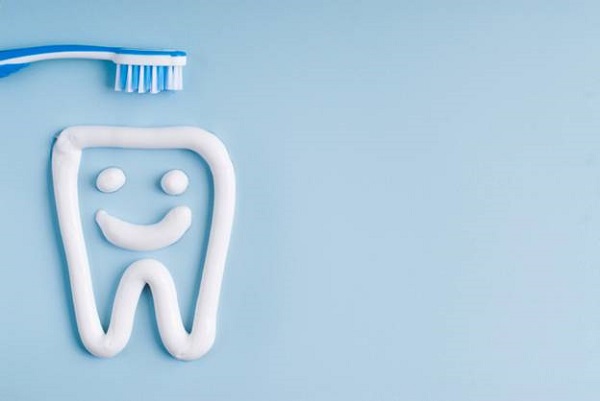
Fluoride is a mineral that can be found within the surface of the Earth, and in several different forms. In dentistry, fluoride treatments can help clients to prevent tooth decay from progressing, as well as to make enamel stronger and more resistant to acids that would otherwise weaken it.
Curious about how it works, and why it’s so important for clients’ oral health? Here are five facts about fluoride you need to know if you’re considering dental assistant school.
Fluoride Helps to Protect Teeth from Tooth Decay
Since oral bacteria makes acids through mixing with sugars from drinks and food, fluoride can be used to protect the teeth from acid attacks that can weaken them, and can also reverse tooth decay during its earlier stages. You can also provide professional fluoride treatments such as varnish to help protect clients’ teeth even further, as optimal protection from tooth decay comes from receiving fluoride from various sources.
Fluoridated Water is an Even Better Way to Do It
Adding fluoridated water to toothpaste is considered the best way to protect one’s teeth from decay, as fluoride toothpaste by itself is not enough. Although fluoride naturally exists within water, it is not typically at a level high enough to help protect one’s teeth.
Those in dental assistant school should also know that fluoridated water is safe for children, and drinking it while their teeth are growing will make them likely to develop stronger teeth that become increasingly resistant to decay over time.

Fluoride Can Protect Teeth Through Remineralization
Essentially, the bacteria found within plaque around the teeth comes directly into contact with the enamel, eating away at it and taking minerals out of it while doing so — a process known as demineralization.
Remineralization, a process that naturally happens within the mouth, is what is necessary to help strengthen weakened enamel. Fluoride can promote this process by ensuring the enamel strengthens and becomes more resistant.
Fluoride Can Also Be Found in Some Foods You Eat
Although brushing one’s teeth twice daily with fluoridated toothpaste is the best way to consume fluoride outside the dentist’s office, you may be surprised to learn that it can also be present in food. More specifically, fluoride can be found in milk, eggs, yams, fish (particularly if canned), and even red meats. While these foods are low in fluoride, with only about 0.1 mg per serving in each of them, you can encourage clients to introduce these foods into their diet.
Dental Assistant School Students Should Know How Much Fluoride Clients Need
Since fluoride application is something you may practice in a dental assistant course, it’s important to be aware of exactly how much fluoride clients should be consuming. This can depend on the client’s gender, age, and the amount of fluoride already present in their drinking water.
Children between four and 13 years of age are recommended to have only one to two milligrams, and only half a milligram for infants and children under four. For males aged 14 and over, the recommended amount is four milligrams per day, while females of that same age range should consume three milligrams daily.

Want to attend dental assistant college?
Contact Medix College for more information!




